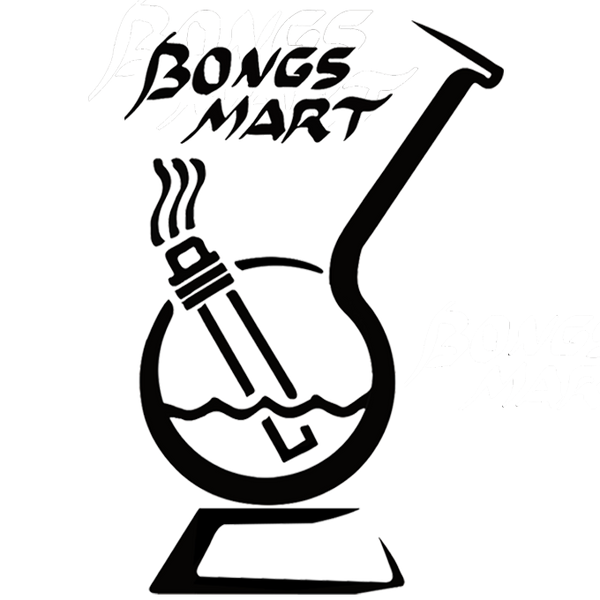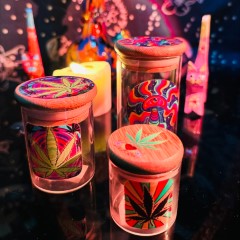Unveiling the World of Bongs: A Comprehensive Guide to an Iconic Smoking Device
For centuries, the act of smoking has taken various forms, and among the diverse array of smoking apparatuses, the bong has emerged as an iconic and beloved tool for enthusiasts worldwide. This article aims to explore the essence of a bong, shedding light on its components, functionalities, and cultural significance.
Defining a Bong: A bong, also commonly referred to as a water pipe, is a specialized smoking device designed to filter and cool smoke through water, providing a smoother and more enjoyable experience for users. Characterized by a water-filled chamber and a vertical tube, the bong has evolved into a versatile piece of equipment with various shapes, sizes, and materials.
Components of a Bong:
-
Base:
- The bottom of the bong, usually wider and stable, serves as the foundation.
-
Chamber:
- The main body of the bong where smoke accumulates after inhalation.
-
Downstem:
- A tube that extends from the bowl into the water, facilitating smoke filtration.
-
Bowl:
- The part where the herb or tobacco is placed and ignited. Bowls come in different shapes and sizes to cater to individual preferences.
-
Percolators:
- Additional water filtration devices within the chamber that further diffuse and cool the smoke for a smoother hit.
-
Carb/Choke:
- A small hole on the bong that, when uncovered, allows air to flow into the chamber, aiding in clearing smoke.
How a Bong Works: The magic of a bong lies in its ability to filter and cool smoke through water. As users inhale, the smoke is drawn through the downstem and into the water-filled chamber. The water cools the smoke, removing harshness and impurities. Percolators, if present, enhance this process by breaking the smoke into finer bubbles, maximizing contact with the water for an even smoother experience. The user then clears the chamber by uncovering the carb or lifting the bowl, allowing for a clean and flavorful inhalation.
Cultural Significance: Bongs hold cultural significance and have become symbols of camaraderie and relaxation. They are often associated with communal smoking sessions, fostering social connections among users. Additionally, the diverse designs and materials used in crafting bongs allow individuals to express their personal style and preferences.
Unveiling the World of Bongs: A Comprehensive Guide to an Iconic Smoking Device
For centuries, the act of smoking has taken various forms, and among the diverse array of smoking apparatuses, the bong has emerged as an iconic and beloved tool for enthusiasts worldwide. This article aims to explore the essence of a bong, shedding light on its components, functionalities, and cultural significance.
Defining a Bong: A bong, also commonly referred to as a water pipe, is a specialized smoking device designed to filter and cool smoke through water, providing a smoother and more enjoyable experience for users. Characterized by a water-filled chamber and a vertical tube, the bong has evolved into a versatile piece of equipment with various shapes, sizes, and materials.
Components of a Bong:
-
Base:
- The bottom of the bong, usually wider and stable, serves as the foundation.
-
Chamber:
- The main body of the bong where smoke accumulates after inhalation.
-
Downstem:
- A tube that extends from the bowl into the water, facilitating smoke filtration.
-
Bowl:
- The part where the herb or tobacco is placed and ignited. Bowls come in different shapes and sizes to cater to individual preferences.
-
Percolators:
- Additional water filtration devices within the chamber that further diffuse and cool the smoke for a smoother hit.
-
Carb/Choke:
- A small hole on the bong that, when uncovered, allows air to flow into the chamber, aiding in clearing smoke.
How a Bong Works: The magic of a bong lies in its ability to filter and cool smoke through water. As users inhale, the smoke is drawn through the downstem and into the water-filled chamber. The water cools the smoke, removing harshness and impurities. Percolators, if present, enhance this process by breaking the smoke into finer bubbles, maximizing contact with the water for an even smoother experience. The user then clears the chamber by uncovering the carb or lifting the bowl, allowing for a clean and flavorful inhalation.
Cultural Significance: Bongs hold cultural significance and have become symbols of camaraderie and relaxation. They are often associated with communal smoking sessions, fostering social connections among users. Additionally, the diverse designs and materials used in crafting bongs allow individuals to express their personal style and preferences.
Materials Used in Bong Construction: Bongs can be crafted from various materials, each offering unique characteristics:
- Glass: Prized for its purity, glass bongs provide a clean and untainted taste.
- Acrylic/Plastic: Durable and affordable, plastic bongs are suitable for casual use.
- Ceramic: Known for intricate designs, ceramic bongs are both functional and artistic.
Conclusion: In essence, a bong is more than just a smoking device; it is a vessel that transforms the act of smoking into an art form. With its diverse designs, materials, and functionalities, the bong stands as a testament to the creativity and innovation within the smoking culture. Whether used for relaxation, socializing, or personal expression, the bong continues to hold a special place in the hearts of smoking enthusiasts worldwide.














